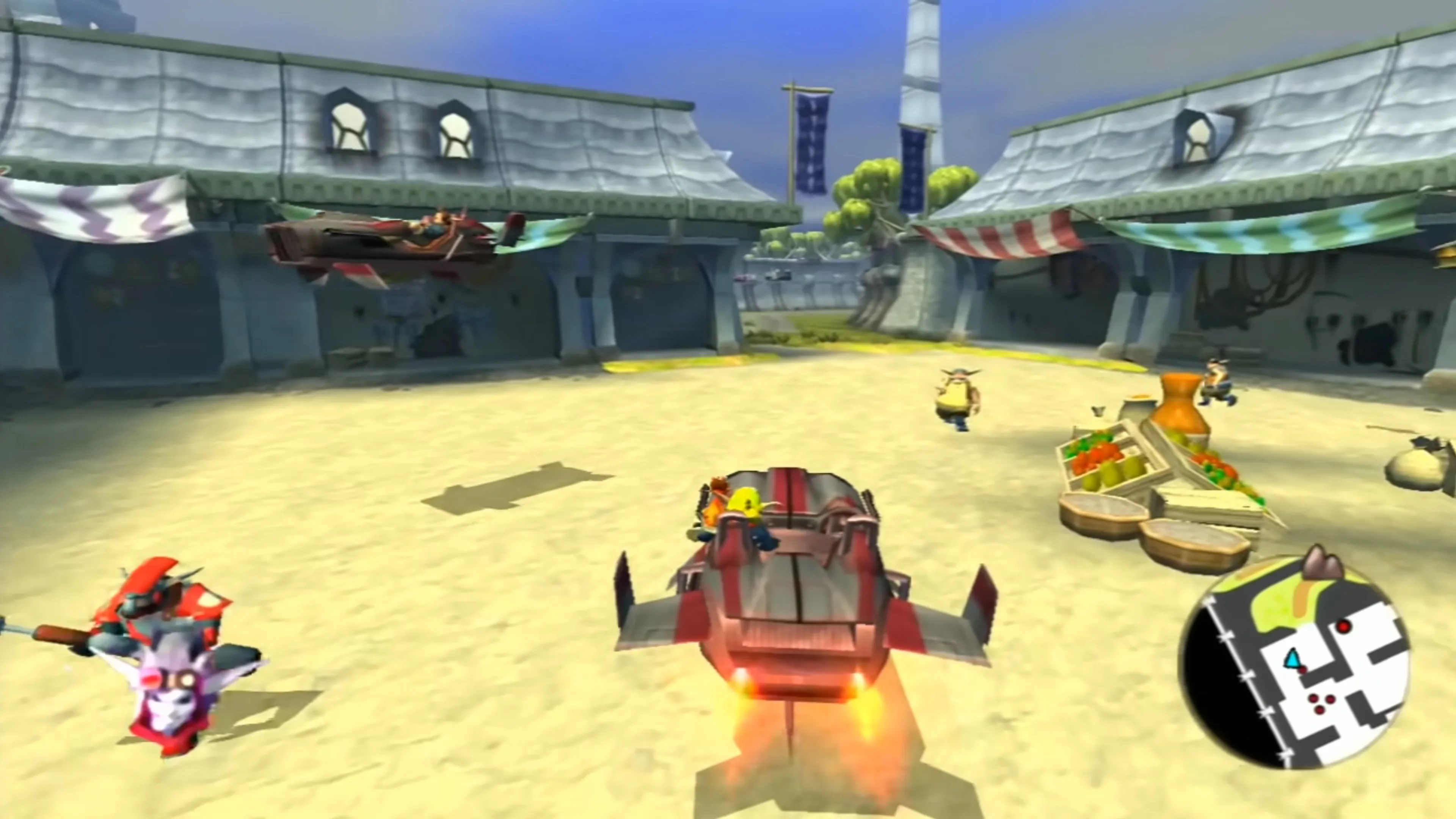Summary
Throughout most of recorded human history, a minority of kings, dictators, and tyrants have ruled over the majority through violence, religious edict, and more recently, divide-and-conquer tactics. Oppression is, sadly, the norm, as there are depressingly few moments in the tapestry of humanity where, through blood, sweat, and sacrifice, the people have stood up and overthrown their masters.
The desire to see justice in the world is still strong today, even with the threat of tyranny growing as the collective will to fight it falters. Nowhere is this more evident as the revolutionary themes spread across all eras of gaming. The games that made this list are not necessarily ranked by quality but by their power to deliver the experience of mass revolution via gameplay mechanics, their capacity to give players a satisfying way to punch up through story and narrative design, and their willingness to depict the good, the bad, and the ugly side of rebellion.

TheFableseries is ostensibly about a family line, and by the time ofFable 3, the people decided it would just be best to put a hero in charge of the kingdom. However, sometimes apples fall far from the tree, and Albion falls under the oppressive clutches of the player character’s older brother, Logan, as the crown is passed down to him. After Logan forces the player to choose between their avatar’s love interest or innocents, the race is on to raise a rebellion and usurp Logan.
Starting a rebellion means interacting with the people, whichFable 3at least allows in some rudimentary ways, after which the hero can count on them in the battle against their brother. However, only half of the game is about leading a revolution, as the player thentakes control of the kingdom, and it turns out that Logan’s recent heel turn was motivated by something more than a thirst for power.

In one of the mostdramatic tone shifts in video game history,Jak 2drops the one-part heroic, one-part motormouth duo into a dystopian nightmare run by a brutal autocrat, Baron Praxis. After years of torture, Jak emerges darker (and mouthier) into the crumbling streets of Haven City, hungry for revenge.
The pair soon fall in with the underground and begin undermining the baron’s operations, including blowing up his armaments, battling the Krimzon Guard, and (inadvertently) destroying his statue with an eco beam. Between classic platforming andGTA-style zoomer-jacking and vehicular combat, the game takes on darker, more mature themes as the one-sided war for freedom boils over.
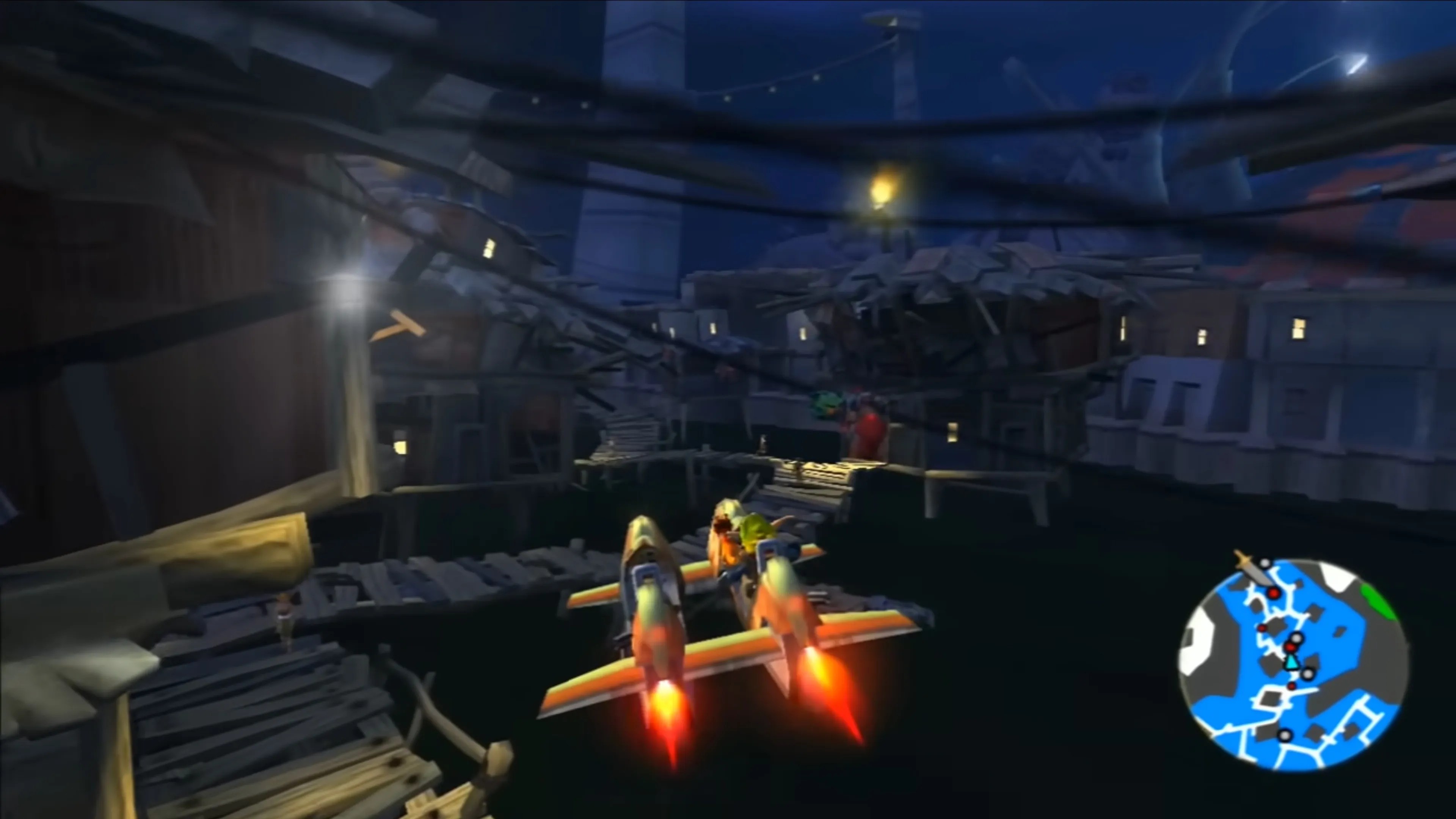
The 1500s was a time of great upheval both culturally and technologically. Assassins in theCreedseries care little for dictating how the future should look and are more like reactive agents of change, but their eternal enemies, the Templars, are fully invested in planning for humanity, even if the order they crave virtually means enslavement. InAssassin’s Creed: Brotherhood, Ezio finds himself deep in Templar territory with his connections severed, his forces reduced to rubble, and even his old knees creaking.
The Borgia family not only has Rome under their control but alsoan artifact of the Isu, a powerful tool for controlling the population. By using stealth, murder, and networking, Ezio must turn the city against the family by destroying their towers and symbols, recruiting sympathetic citizens into the ranks of the Brotherhood, and foiling the plans of the Borgia. While undermining tyrants would come later on in history, the spirit of fighting against oppression is appropriate and well-executed inBrotherhood.
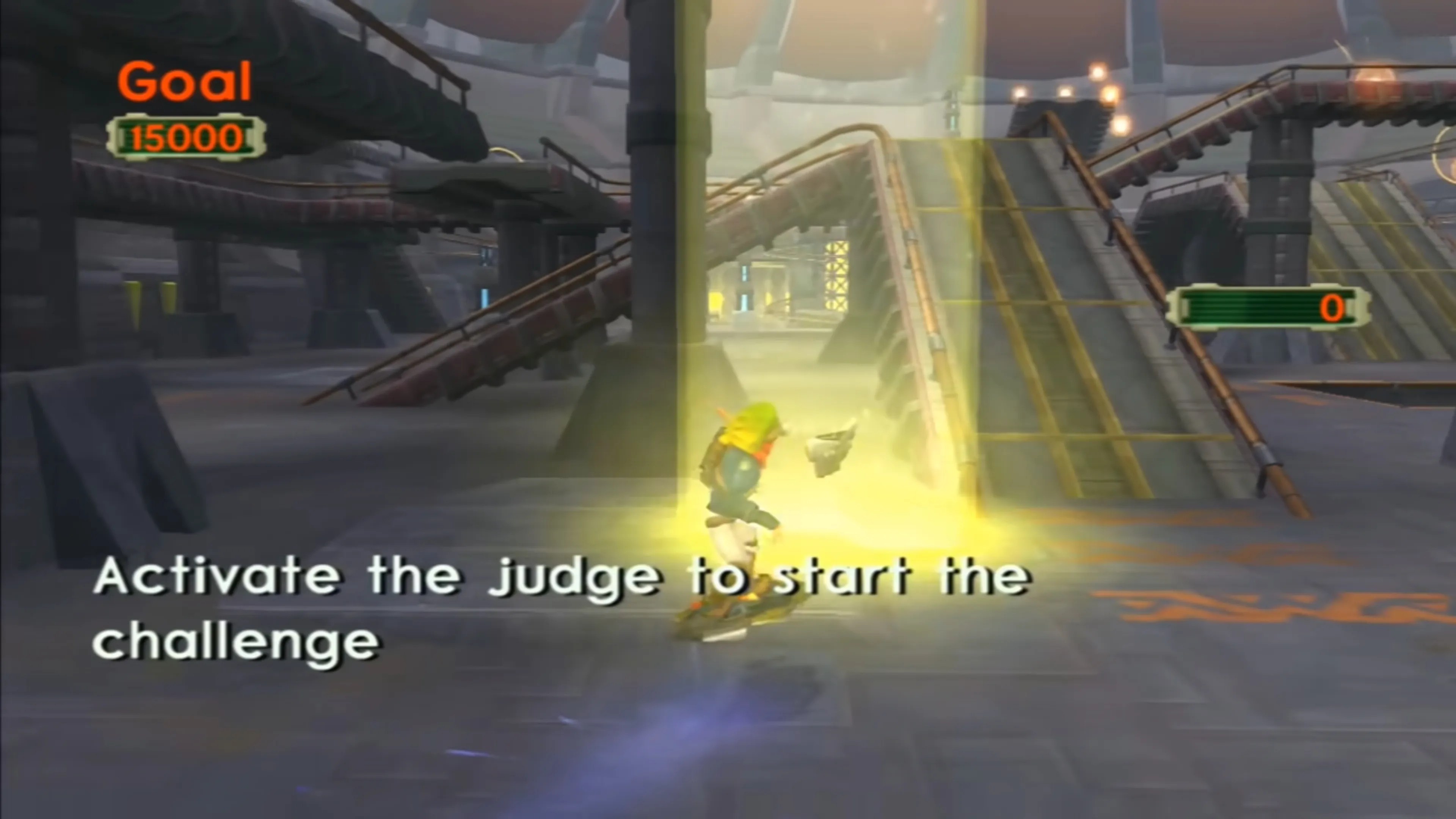
4Just Cause 3
A One-Man Flying Revolution
Successful rebellions against oppressive forces are usually the result of painstaking planning and the coordination of countless brave souls. Not so inJust Cause 3, a game about a one-man flying revolution, Rico Rodrigez, smashing up the stuff of General Di Ravello, the dictatorde jour, with guns, tanks, and high explosives.
Just Cause 3is a freeform theme park designed to empower players with the ability tocause as much havoc as possiblewith a grappling hook and wingsuit. While a strong story is somewhat absent, the chaotic and cathartic gameplay always takes precedence and more than makes up for the emotional hook.

There is perhaps no cause with greater power to unify people of any political leaning than the brave fight against fascist forces (excluding the fascists themselves, of course).The Saboteuris a game about liberating German-occupied Paris oneblack-and-white blockat a time.
Players take control of Sean Devlin, a mechanic, driver, parkour expert, and all-round badass as he works with the Resistance to smash the fash and put color back into the City of Lights. Once an area is freed, the noir and red filters lift, and a full spectrum of colors, free of the bleak authoritarianism melancholy, returns.
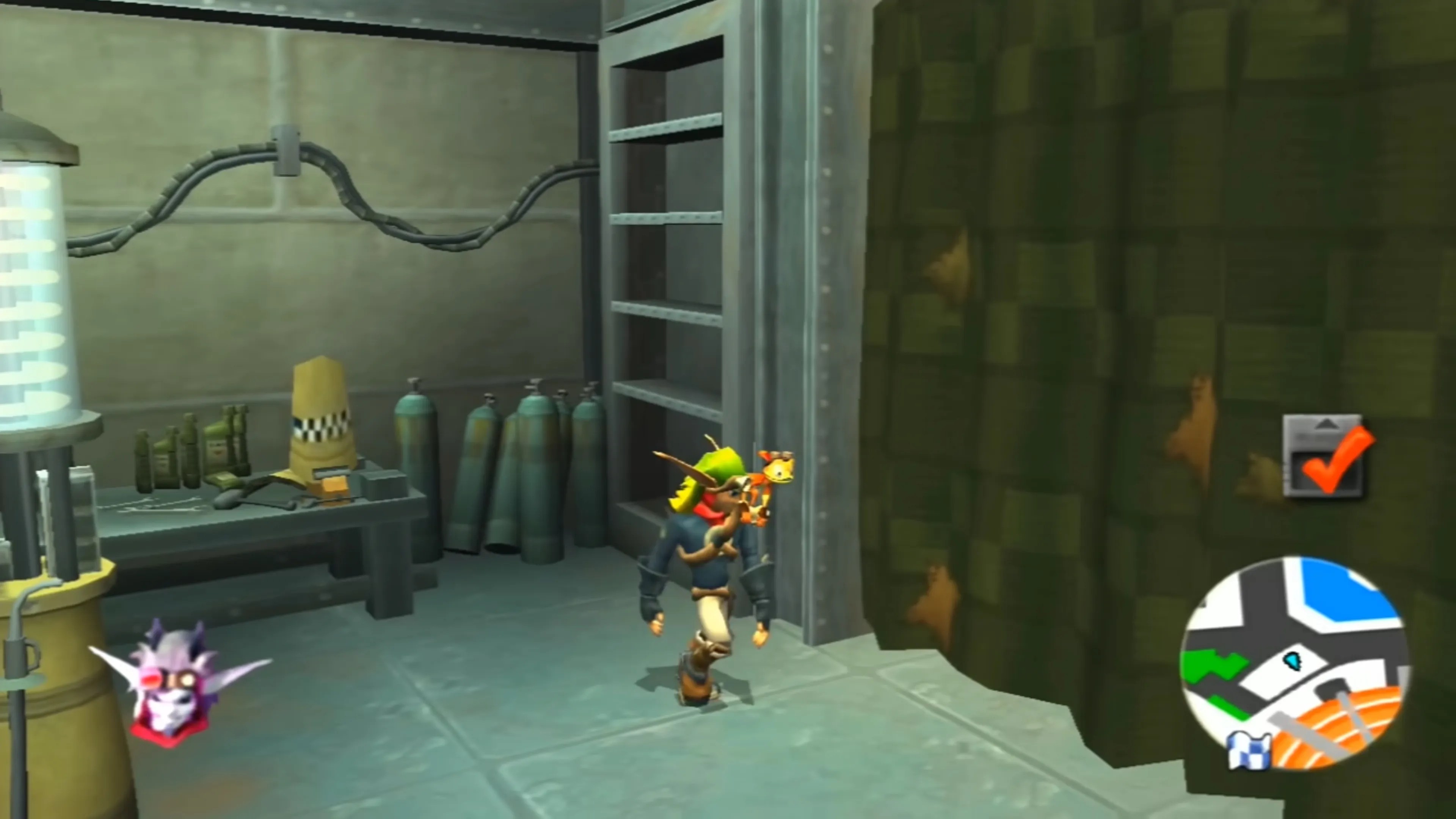
Indie beat-em-upTonight We Riotdepicts a dystopian mirror of the real world, where billionaires have the politicians of every party paid off, the media cranking out oligarchy apologia, and workers fighting amongst each other, blind to the real source of their torment. As a result, life for the average person has become untenable as costs skyrocket, society atomizes, and the ecosystem falls apart, all to allowa group of ultra-rich psychopathsto continue making their record-breaking profits.
Players take control of a crowd of workers united as a collective as they smash their way through agents of the system in a pixelated world doomed to permanent exploitation and ecocide, should they fail. Players must forge alliances between groups long divided by artificial differences to rebuild a more hopeful world where humanity has a chance to reach its true potential. As the uprising grows, so does its power, as every worker that joins increases the crowd’s stopping power.
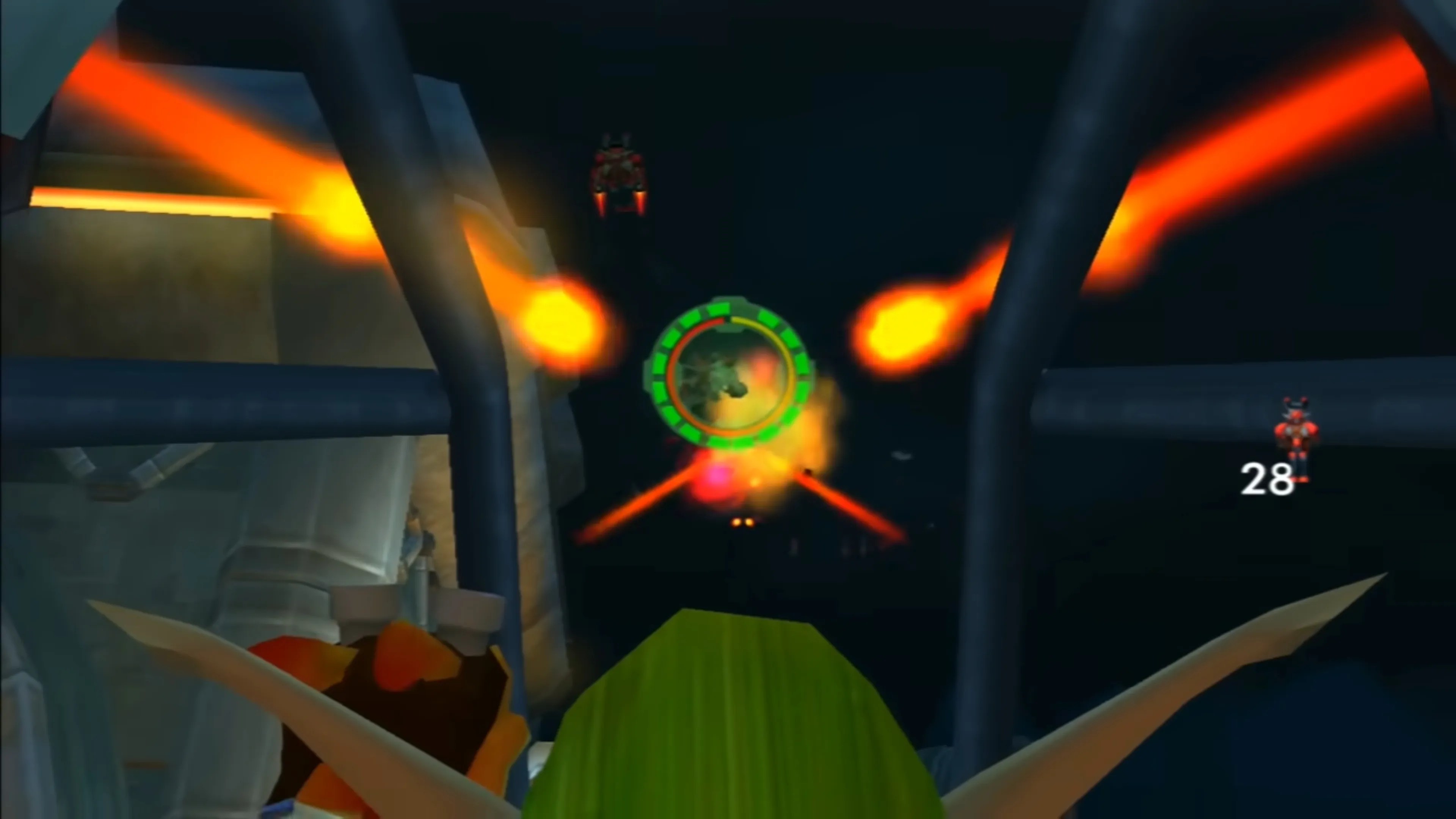
Designing gameplay for a video game about revolution can be tricky. Most games find their sales on marketing themselves as power fantasies. However, overthrowing an evil regime for actual, democratic change requires not the work of a secretive few but the consent of the many.Watch_Dogs: Legionunderstood this implicitly, making every single inhabitant of a corporation-occupied London a potential main character.
By uncovering a fellow Londoner’s grievances against Albion, players can recruit new members and build an uprising made up of themost diverse cast of playable charactersin gaming history. Each member brings unique traits and special abilities, from the mundane (owning a personal scooter) to the marvelous (advanced hacking skills). While the game suffers from some balancing issues along with a missed opportunity to explore the relationships between recruits, the sandbox nature of the everyman recruitment mechanics makesLegiona fascinating game about collective action.
